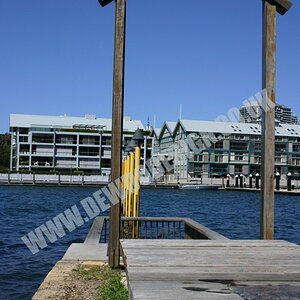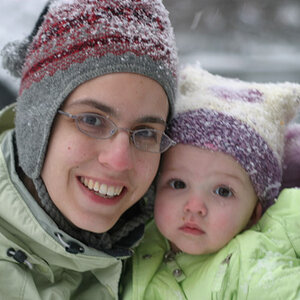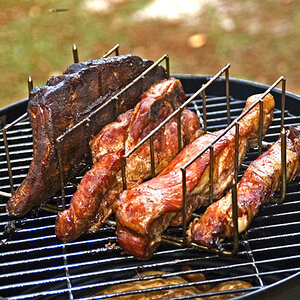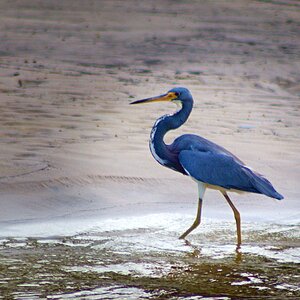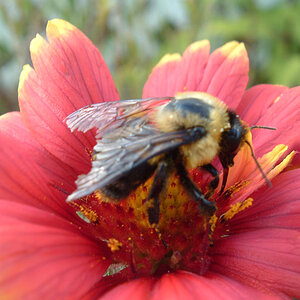PlasticSpanner
TPF Noob!
- Joined
- May 1, 2005
- Messages
- 4,125
- Reaction score
- 51
- Location
- Cheshire, England
- Website
- www.cheshirecatcarclub.info
- Can others edit my Photos
- Photos NOT OK to edit
Can anyone give me some pointers to get me started? I got some good star photos a couple of weeks ago but a couple were spoiled by car headlight pollution. This particular one I want to keep as it has 2 shooting stars in it and a rather nice star cluster near the bottom left of center.
Is it possible & how, to level out the "background colour to just get a very dark blue/black but keeping the detail of the stars and how can I enhance the star cluster to make it more noticeable?
Many TIA :thumbup:

Is it possible & how, to level out the "background colour to just get a very dark blue/black but keeping the detail of the stars and how can I enhance the star cluster to make it more noticeable?
Many TIA :thumbup:



 and a much better version done by pursuer.
and a much better version done by pursuer.




![[No title]](/data/xfmg/thumbnail/42/42056-76026251cb5ebb85b4a4d281d36121d8.jpg?1619739992)
![[No title]](/data/xfmg/thumbnail/32/32930-09414fc020c2a60a456ff59a05c5ef8f.jpg?1619735759)
